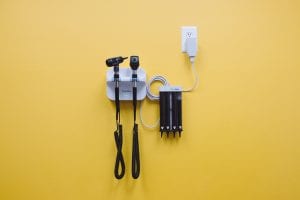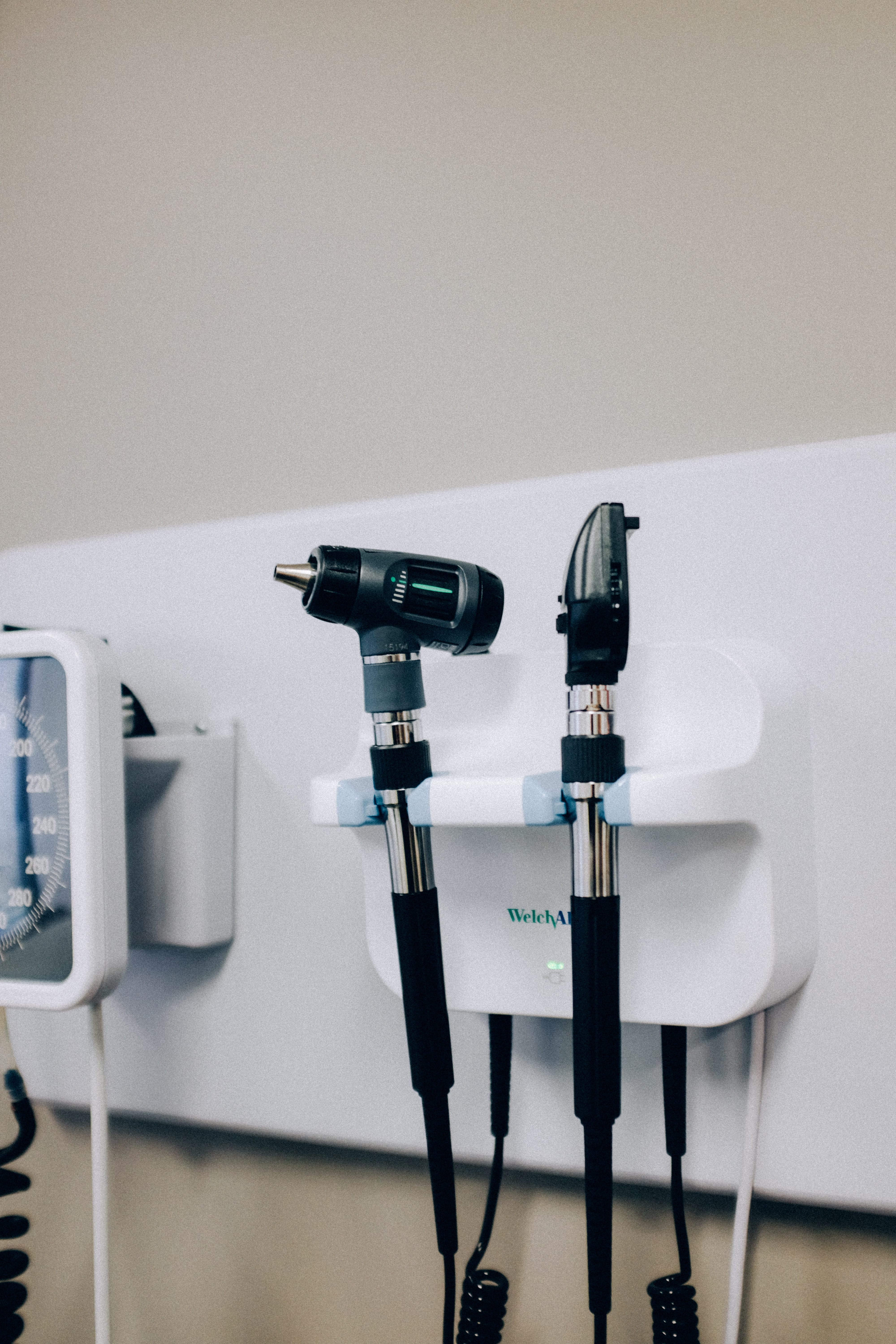A shortage of nurses has led to poor patient care and the problem is only expected to get worse.
There is a shortage of nurses in Indiana and even more so in California, Texas, New Jersey, South Carolina, Alaska, Georgia and South Dakota, according to the American Association of Colleges of Nursing, and this trend is expected to get even worse. When a hospitalized patient or a senior in a care center hits the nurse alert button, they don’t expect to wait nearly an hour for help to arrive – but, in some areas, that’s become the reality.
Due to an aging population, one million of the 3.8 million registered nurses in the United States will leave the work force between now and 2030, according to experts, which will significantly impact the level of care patients receive. Those still on duty will be spread especially thin, and the quality of care will go down.
“The nurse is the only professional with patients 24 hours a day in the hospital,” said Chuck Stokes, president and CEO of Memorial Hermann Health System and a registered nurse. “The doctor comes and goes. The physical therapist comes and goes. But the nurse is always there.” And, thus, the nurse is always needed.

“The aging of the current nursing workforce is one reason for the nursing shortage,” said Cathy Rozmus, Ph.D., vice dean for academic affairs at Cizik School of Nursing at The University of Texas Health Science Center Houston (UTHealth). “In the state of Texas, 25 percent of all nurses are age 56 or older. You’ve got a quarter of the workforce within 10 years of retirement. The statistics for Harris County are about the same.”
Stokes added, “With the aging population, we are getting ready to consume more health care resources than we have ever consumed in our country. There’s no reversing that trend.”
“As a nurse, you used to advance whether or not you went back to school. Now you see more nurses going back to school to advance,” said Cindy Zolnierek, Ph.D., the CEO of the Texas Nurses Association. “With today’s violence, the opioid epidemic and different expectations from the workforce, more education is needed so you can prepare for that complex health care environment.”
However, the shortage has been impacted by more than just the baby boomers. Data revealed nursing schools across the country turned down 75,000 qualified applicants in 2018 because they didn’t have enough people to teach the course and/or the financial means to bring on this many new students. So, many would-be active nurses are not able to receive the training they need.
“To be a licensed RN [registered nurse], you can go to an Associate’s degree program or a bachelor’s program—but those are the programs that have more applicants than they can accept,” Zolnierek said.
Stokes added, “Nursing schools just can’t afford the faculty they need to accept all the people who want to go into nursing. Also, you make more money as a nurse than as an educator.” So, there’s not a whole lot of incentives for nurses to take on teaching positions when they can be working in the field.


Join the conversation!